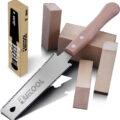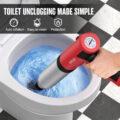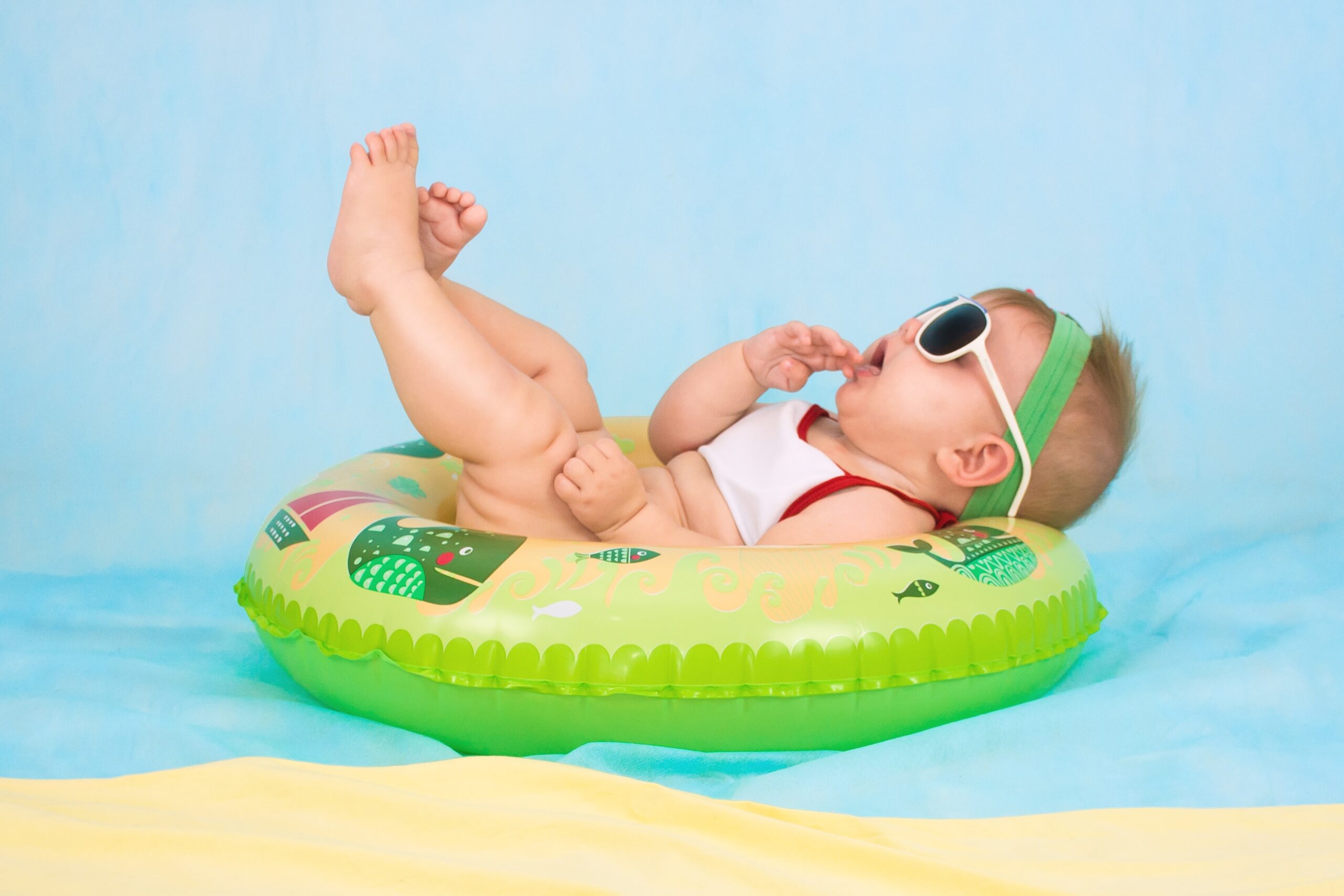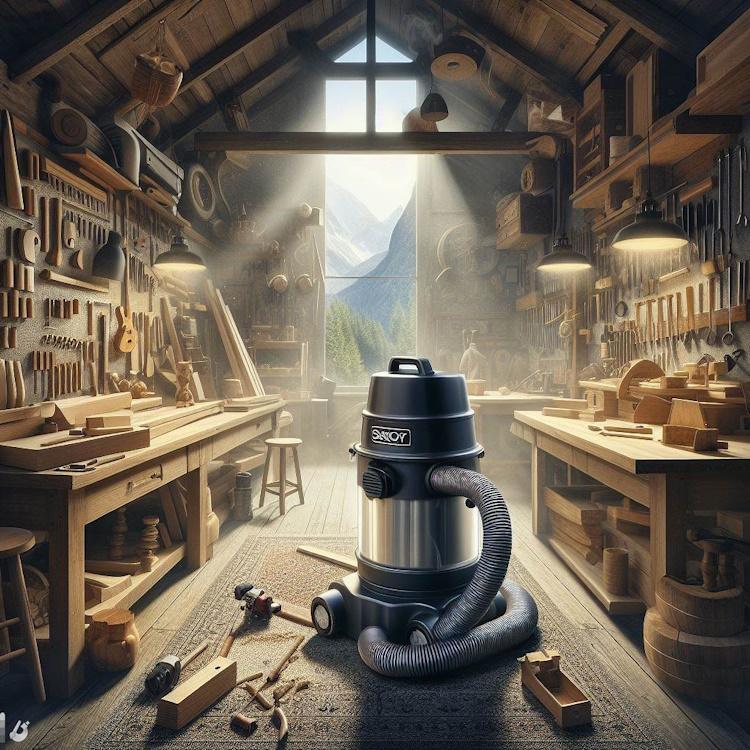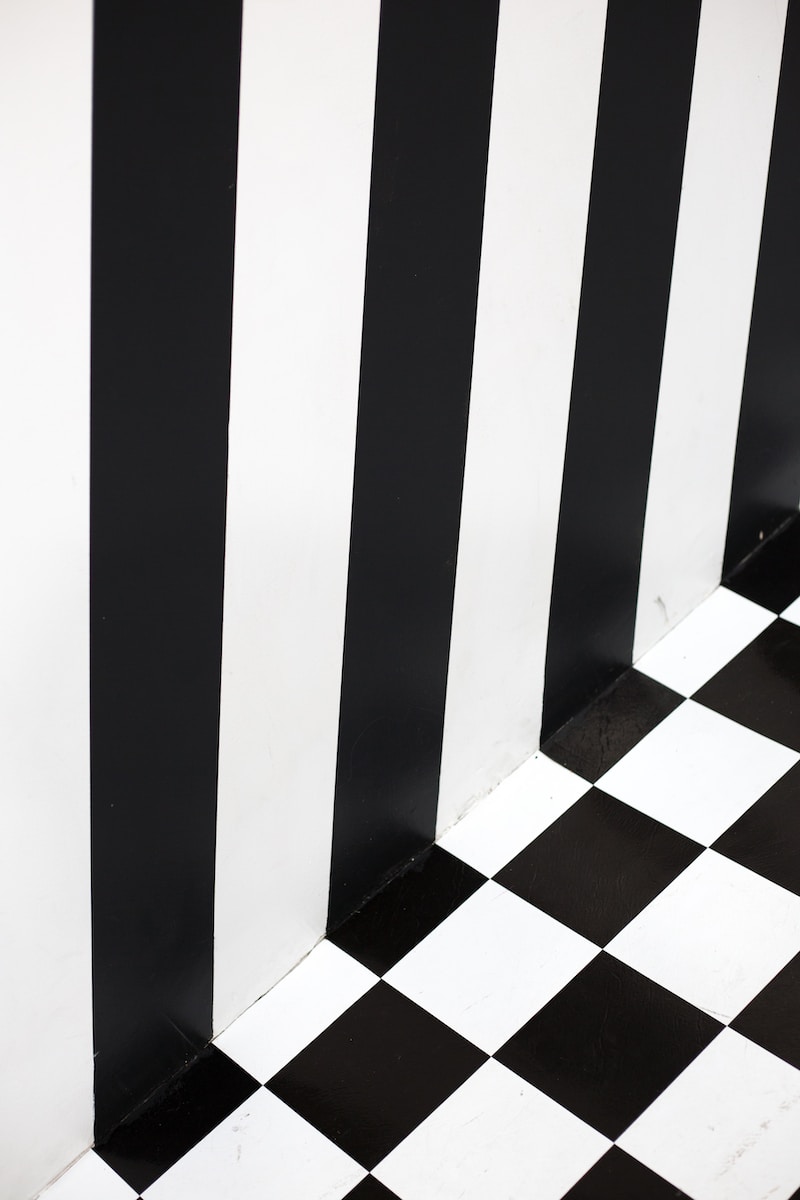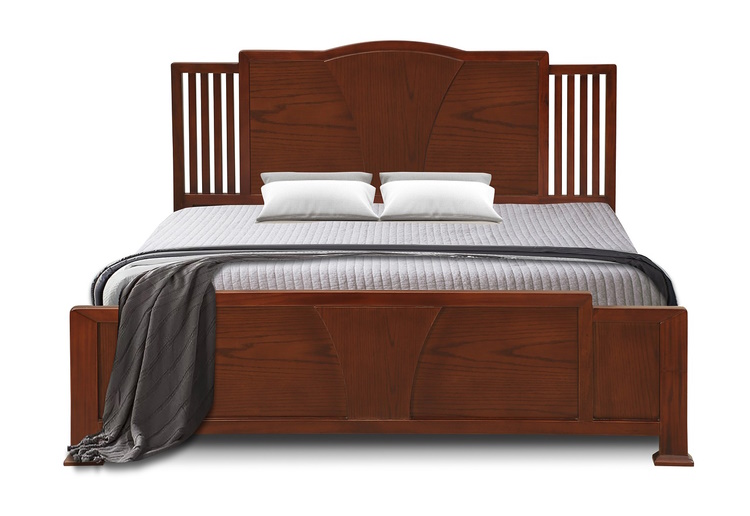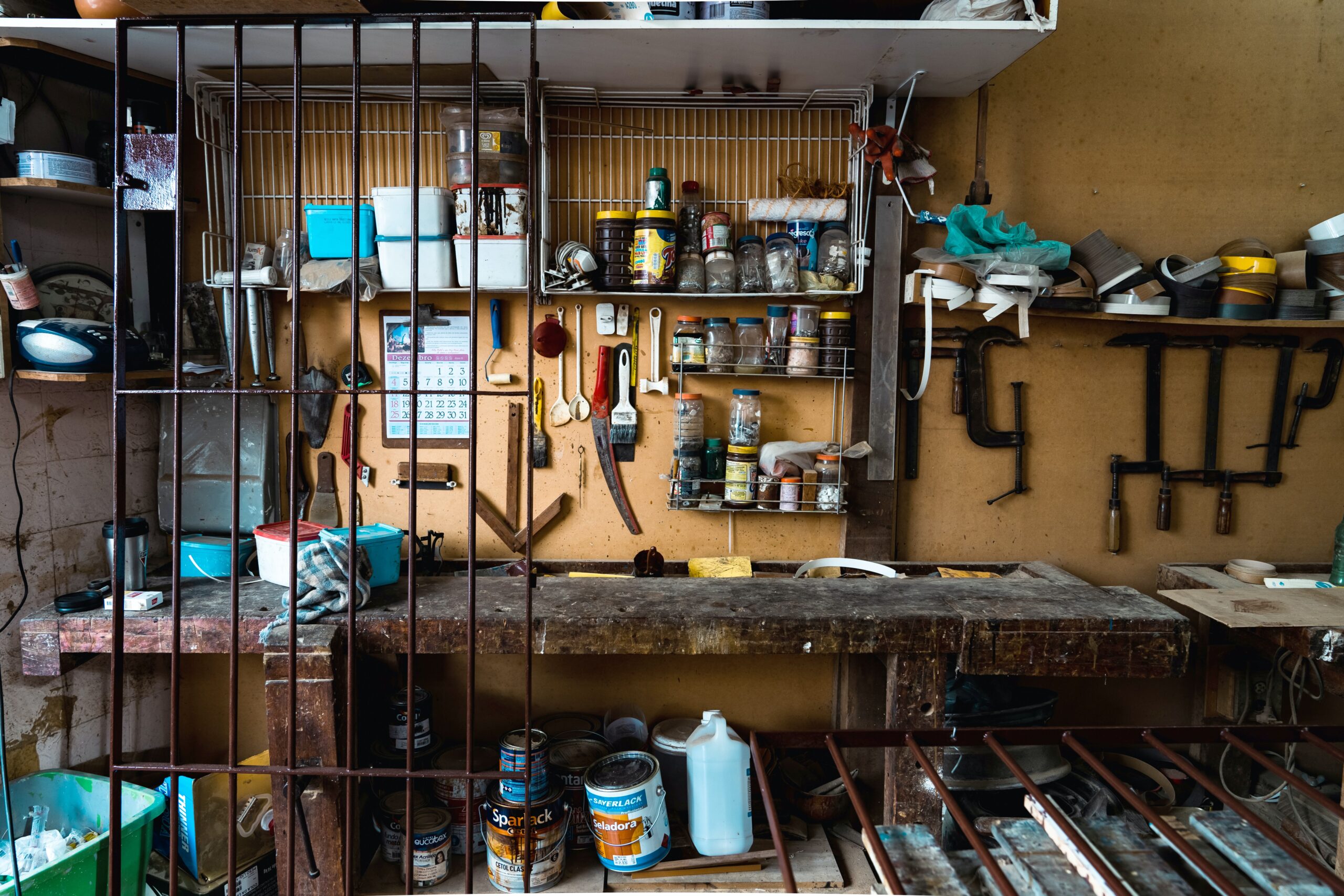How To Remove Hair From Your Tub Drain
Say Goodbye to Hair Clogs: Expert Tips to Remove Hair from Your Tub Drain
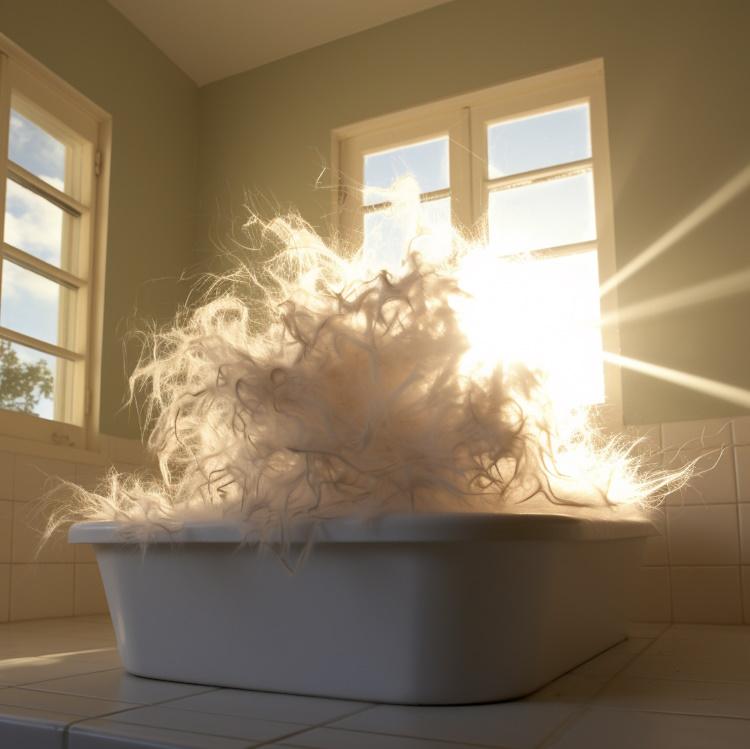
When to seek professional help for clogged drains.
The Never-Ending Battle Against Hair in Your Tub Drain
It’s a scenario everyone dreads – you step into the shower, turn on the water, and wait as it slowly fills up around your ankles. You try to ignore it, but as the water level creeps higher and higher, you know what’s happening – a clogged drain. The culprit?
Hair is one of the biggest culprits for clogged showers and bathtub drains.
Whether washing your hair or rinsing off after a long day, loose strands can quickly build up and cause blockages that prevent water from flowing freely down the drain. But it’s not just an inconvenience – clogged drains can cause severe problems if left untreated.
Water can back up into other areas of your home, causing damage to floors, walls, and ceilings. A slow-moving drain encourages mold growth. Plus, plumbing repairs can be costly.
So, how can you keep your tub drains clear of hair? In this article, we’ll explore some quick fixes and more thorough methods to help you remove pesky hair clogs from your tub drain.
Materials Needed
The Basics
 Ensuring you have all the necessary materials is important before we get into the nitty-gritty of removing hair from your tub drain. Here are the basics:
Ensuring you have all the necessary materials is important before we get into the nitty-gritty of removing hair from your tub drain. Here are the basics:
Gloves: You’ll want to protect your hands from gross or sharp debris lurking in your drain. A pair of latex gloves will do the trick.
Pliers: Pliers can be handy for grabbing hair and other debris stuck in your drain. Make sure you have a pair with a good grip.
Optional Materials
If you’re willing to take things up a notch, here are some additional materials you should consider:
Drain Cleaner: A drain cleaner can help dissolve any remaining hair or gunk in your tub’s pipes if manual removal doesn’t work. However, remember that these cleaners can be harsh and should be used cautiously.
A Zip-It Tool: This thin plastic tool is designed to pull hair out of drains. It’s cheap and easy to find at most hardware stores.
A Word on Safety
Proper safety precautions are essential when using any chemical cleaner or tool around your plumbing system. Wear gloves and protective eyewear, and follow all instructions carefully. If you’re uncomfortable using a particular product or tool, don’t hesitate to call a professional plumber for assistance.
Quick Fixes
The Plunger Method
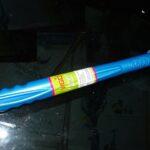 A plunger is one of the easiest and quickest ways to remove hair from a tub drain. It’s important to note that you’ll need a cup plunger, not a flange plunger (the type with an additional rubber flap).
A plunger is one of the easiest and quickest ways to remove hair from a tub drain. It’s important to note that you’ll need a cup plunger, not a flange plunger (the type with an additional rubber flap).
To get started, remove the drain cover and fill the tub with enough water to cover the bottom of the plunger. Place the plunger over the drain, then quickly push and pull until you create suction.
Once suction is achieved, push and pull for several seconds before quickly releasing. This should dislodge any hair that’s been caught in the drain.
Hot Water Method
Another simple way to remove hair from your tub drain is by pouring hot water down it. Boil some water in a kettle or on your stove and pour it in small increments down the drain, waiting a few seconds between each pour.
The hot water will loosen any hair clogs blocking your drain. Once you’ve poured all the water down, turn on your shower or bathtub faucet for several minutes to let more hot water flow through.
Salt & Baking Soda Mix Method
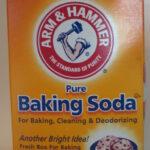 If plunging or hot water doesn’t work, try using this natural remedy: salt and baking soda mix! Mix 1/2 cup of table salt with 1/2 cup of baking soda in a bowl or measuring cup. Pour this mixture down your clogged shower or bathtub drain slowly, as it might fizz up due to chemical reactions. If necessary, wait until it subsides, then continue pouring more mix down slowly while flushing with hot tap water simultaneously.
If plunging or hot water doesn’t work, try using this natural remedy: salt and baking soda mix! Mix 1/2 cup of table salt with 1/2 cup of baking soda in a bowl or measuring cup. Pour this mixture down your clogged shower or bathtub drain slowly, as it might fizz up due to chemical reactions. If necessary, wait until it subsides, then continue pouring more mix down slowly while flushing with hot tap water simultaneously.
Combining both ingredients will work together as an abrasive cleaner which will dissolve any stubborn clogs formed due to excessive amounts of accumulated hairs inside your drainage system. You can even let the mixture sit overnight for a more thorough cleaning.
Quick Fix Summary
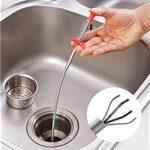 While these quick fixes may work for some mild hair clogs, they might not be effective for more severe blockages. Suppose your drain is still clogged after trying these methods. Moving on to more intensive measures like manually removing the hair or using a chemical cleaner is best. It’s also important to note that preventative measures can go a long way in preventing future hair clogs, such as using a hair catcher or regular drain cleaning with natural solutions like vinegar and baking soda.
While these quick fixes may work for some mild hair clogs, they might not be effective for more severe blockages. Suppose your drain is still clogged after trying these methods. Moving on to more intensive measures like manually removing the hair or using a chemical cleaner is best. It’s also important to note that preventative measures can go a long way in preventing future hair clogs, such as using a hair catcher or regular drain cleaning with natural solutions like vinegar and baking soda.
Removing Hair Manually
The Dirty Work
Removing hair manually from your tub drain is not glamorous, but it is effective. To begin, you’ll need a few tools: gloves and pliers or tweezers. You may also want some paper towels or an old rag to wipe away any gunk that comes up with the hair.
Step-by-Step Instructions
- Wear gloves to protect your hands from any bacteria in the drain.
- Use pliers or tweezers to reach down the drain as far as possible and grab onto any visible clumps of hair. Pull them up and out of the drain.
- If hair is still visible in the drain, try twisting and turning your tool to get a good grip on it.
- Slowly pull up the hair until it comes out of the drain completely.
- Once you’ve removed all visible clumps of hair, run hot water down the drain for a few minutes to flush out any remaining pieces.
Tips for Success
- If you can’t get a good grip on the hair with pliers or tweezers, try using a coat hanger or wire brush instead – Be patient! Removing hair manually can be time-consuming, but it’s worth it in the end
- Consider wearing old clothes you don’t mind getting dirty in case anything splashes up from the drain. With these step-by-step instructions, you can remove even stubborn hair clogs from your tub drains quickly and easily – no plumber required!
Using Drain Cleaner
Dissolve Hair and Debris in the Drain
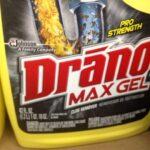 When removing hair from your tub drain, chemical drain cleaners can be a highly effective option. These cleaners contain chemicals that break down hair and other debris in the drain, dissolving it over time.
When removing hair from your tub drain, chemical drain cleaners can be a highly effective option. These cleaners contain chemicals that break down hair and other debris in the drain, dissolving it over time.
When choosing a drain cleaner, look for one specifically designed for hair clogs. First, remove any visible hair from the drain using gloves or pliers.
Next, pour the recommended cleaner down the drain, as indicated on the packaging. Be careful not to splash or spill liquid on yourself or surrounding surfaces.
Safety Precautions when using Chemical Cleaners
Taking necessary precautions when using chemical cleaners to prevent injury or damage is essential. Always wear gloves and eye protection when handling these products. Additionally, ensure you’re in a well-ventilated area, as the fumes from some cleaners can be harmful if inhaled.
Never mix different types of chemical cleaners together, as they can react and cause dangerous chemical reactions. Be sure to follow instructions carefully, stay within recommended usage amounts, or leave chemicals in your drain longer than instructed.
Leaving them too long can cause corrosion to pipes. While chemical drain cleaners can effectively remove hair clogs from your tub drains, it’s important to use them with caution and follow all instructions carefully for the safety and preservation of your pipes.
Preventative Measures
The Importance of Preventative Measures
While it’s helpful to know how to remove hair from your tub drain, it’s even better to prevent hair from clogging the drain in the first place. Taking preventative measures can save you time and money in the long run and help you avoid unpleasant experiences while showering.
Using a Hair Catcher
A hair catcher is a straightforward way to prevent hair from clogging your tub drain. These are typically small mesh screens that fit over the drain and catch any debris before it can go down the pipe.
They’re an affordable and easy solution found at most hardware stores or online retailers. To use a hair catcher, place it over your tub’s drain before you shower or bathe.
After you finish, remove any debris caught in the catcher and dispose of it in the trash. Doing this regularly will help clear your tub’s pipes of unwanted blockages.
Cleaning Your Drain Regularly
Another preventative measure is cleaning your tub’s drain regularly. Over time, soap scum and other residues can build up inside the pipes and trap hair more easily, leading to clogs.
To prevent this, try pouring hot water down your drain once a week or so. If you want to take things a step further, mix equal parts baking soda and vinegar together until they form a paste-like consistency.
9 Best Shower Wall Material Ideas For 2024 (wherecanibuythat.us)
Pour this mixture down your drain and let it sit for several minutes before flushing it with hot water. This will help break up any buildup inside your pipes and keep them running smoothly.
These preventative measures can help keep your bathtub drains clear of unwanted blockages caused by hair buildup. Using a hair catcher or cleaning out your drains regularly will save time and money on plumbing repairs in the future.
Conclusion
Keep Your Drains Clean and Clear
Maintaining clean and clear drains is vital to prevent plumbing issues and water damage. Taking preventative measures such as using a hair catcher or cleaning your drain regularly can help avoid future clogs. Following the steps outlined in this article, you can manually remove hair from your tub drain or use a drain cleaner.
The Ultimate DIY Solution For Unclogging Your Bathroom Sink (wherecanibuythat.us)
Final Tips and Advice
To prevent hair from accumulating in your drain, you can try the following tips:
- Use a hair catcher: Place a hair catcher over the drain to prevent hair from entering the drain in the first place. You can find hair catchers at most home improvement stores or online.
- Brush your hair before showering: Brushing your hair before showering can help remove loose hair that would otherwise end up in the drain.
- Clean your drain regularly: Use a drain snake or wire hanger to remove any hair that has accumulated in the drain. You can also use a combination of baking soda and vinegar to soften the hair before removing it.
- Use a plunger: If the hair is too far down the drain to be removed with a snake or wire hanger, you can try using a plunger to dislodge the clog1.
I hope these tips help you keep your drain free of hair! 🚿


